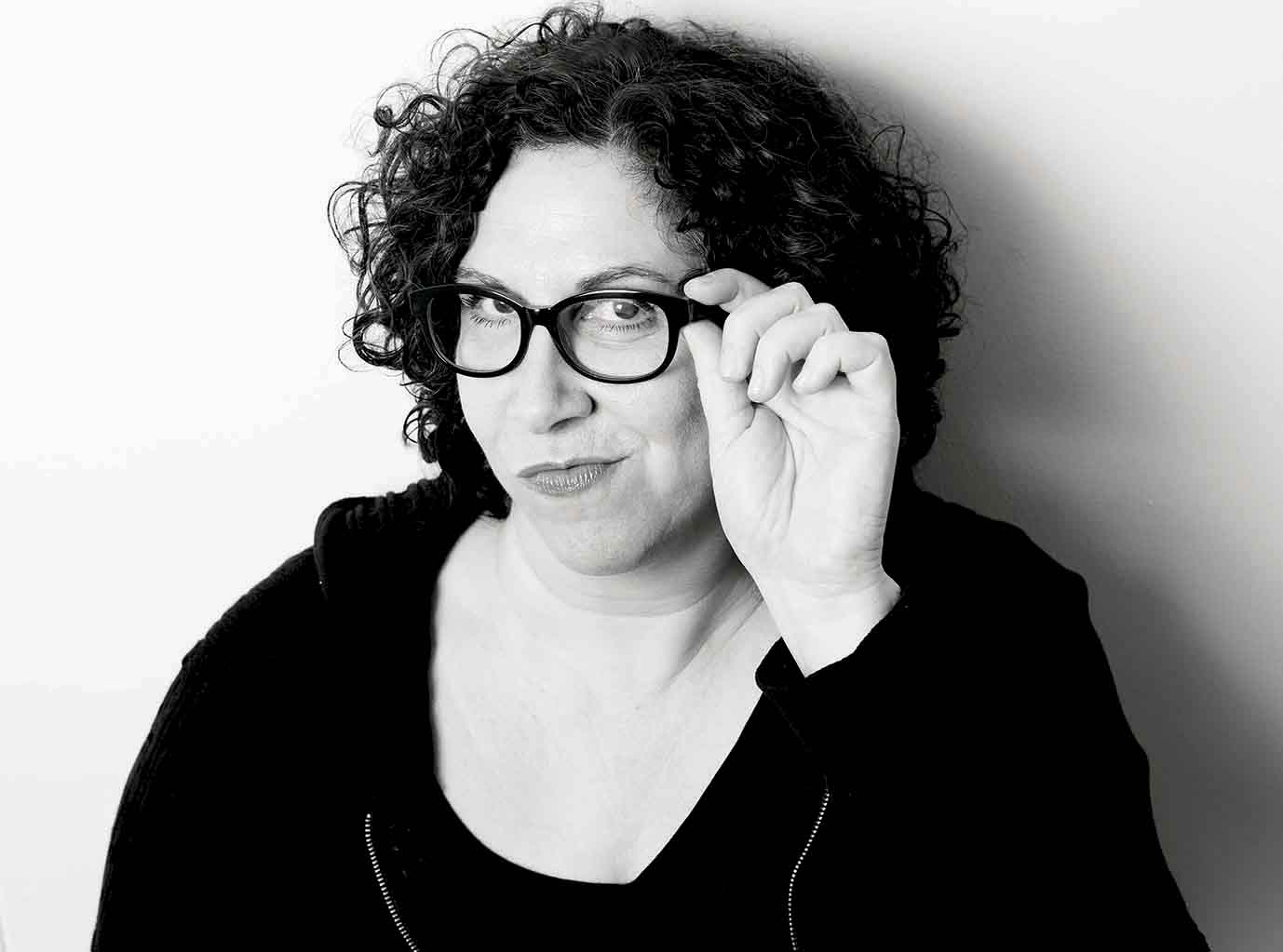Beyond the Eixample lies the low-rise barrio of Gràcia. Like workaday Sants and well-heeled Sarrià, it was an independent town that was swallowed up as the city spread, but it retains its own identity and is one of the most popular and vibrant districts in Barcelona. You can't think of Gràcia without thinking of its 'Festa Major', a district-wide weeklong street fair and party that takes over the area every August, complete with neighbourhood decorating competitions that are taken very seriously, and activities all day and into the wee hours. Architecturally, Gràcia can hold its own with the likes of the clock tower in Plaça de la Vila, the modernist Casa Fuster, Gaudí's Casa Vicens and, stretching the boundaries a bit, Park Güell.
EAT
Disbarat
Fantastic barbecued beef, done to a turn, wonderful chicken and tasty, juicy Argentinean cuts of meat. Very competitive prices. What more could anyone want from a carnivorous restaurant? Where do we sign?
DRINK
At Tano's, you won't find fancy decor, a different glass for every drink or unrecognizable snacks. You will find a bar that has been around for more than half a century, some truly excellent varieties of vermouth, and Tano himself, always with a smile on his face, serving locals from the neighbourhood. If you're not feeling in the vermouth mood, you can order something else to drink, but don't forget the 'conservas' – tins of tasty seafood and veg, among them anchovies, cockles, mussels, cuttlefish and artichokes.
DO
Whichever entrance you use to cross into the magical world of Gaudí's Park Güell will welcome you with surprises. There are the two gatehouses at the main entrance, known as 'Hänsel and Gretel' that lead you to a spectacular staircase and past the iconic mosaic dragon sculpture to a space featuring 86 pillars holding up a roof you'll happily undo your chiropractor's work gazing at. Above that is the esplanade with the serpentine benches decorated with broken tiles. These features constitute the Monumental Zone which you pay a fee to enter. But the park itself is magical, with twisted stone columns supporting curving colonnades or merging with the natural structure of the hillside.
STAY
Hotel Casa Fuster G.L. Monumento
This five-star Grand Luxury hotel is a monument in itself, housed in an iconic modernista building that was built in 1908 by Catalan architect Lluis Domènech i Montaner. His work, including the hotel, is designated a UNESCO World Heritage Site, so even if you decide your pockets aren’t deep enough to stay here, you’ll definitely want to go by and have a peek, and even enjoy a cocktail from a velvety sofa in the Café Vienés. With Passeig de Gràcia right outside the door, you’ve got all the top shops, as well as high street stores within walking distance, and modernista buildings by Gaudí. Don’t miss a visit to the hotel's rooftop terrace.
If you do just one thing…
Take a break on a bar or restaurant terrace in one of Gràcia’s many spacious, tree-lined squares: Plaça del Sol, Plaça de la Virreina, Plaça de la Vila...












